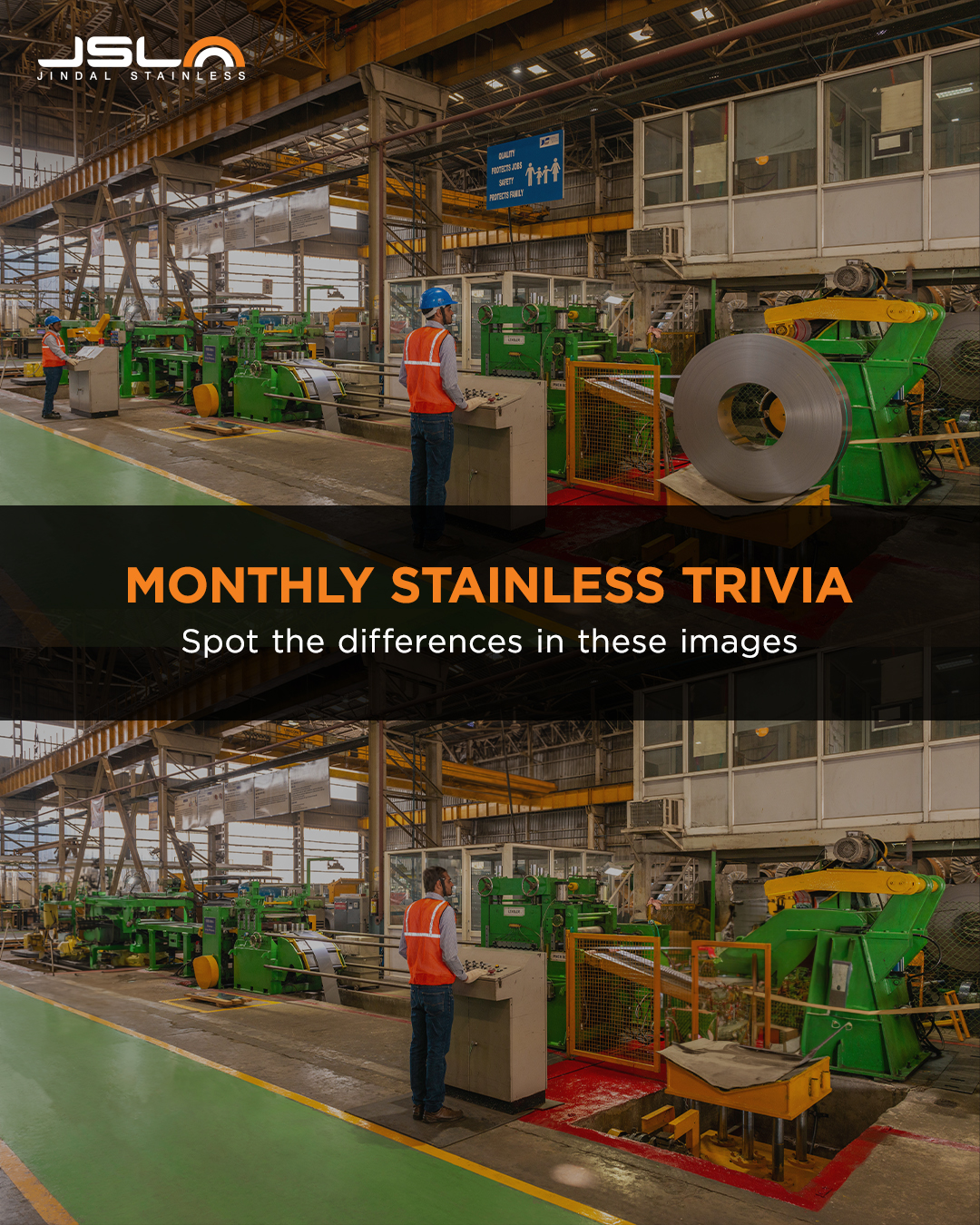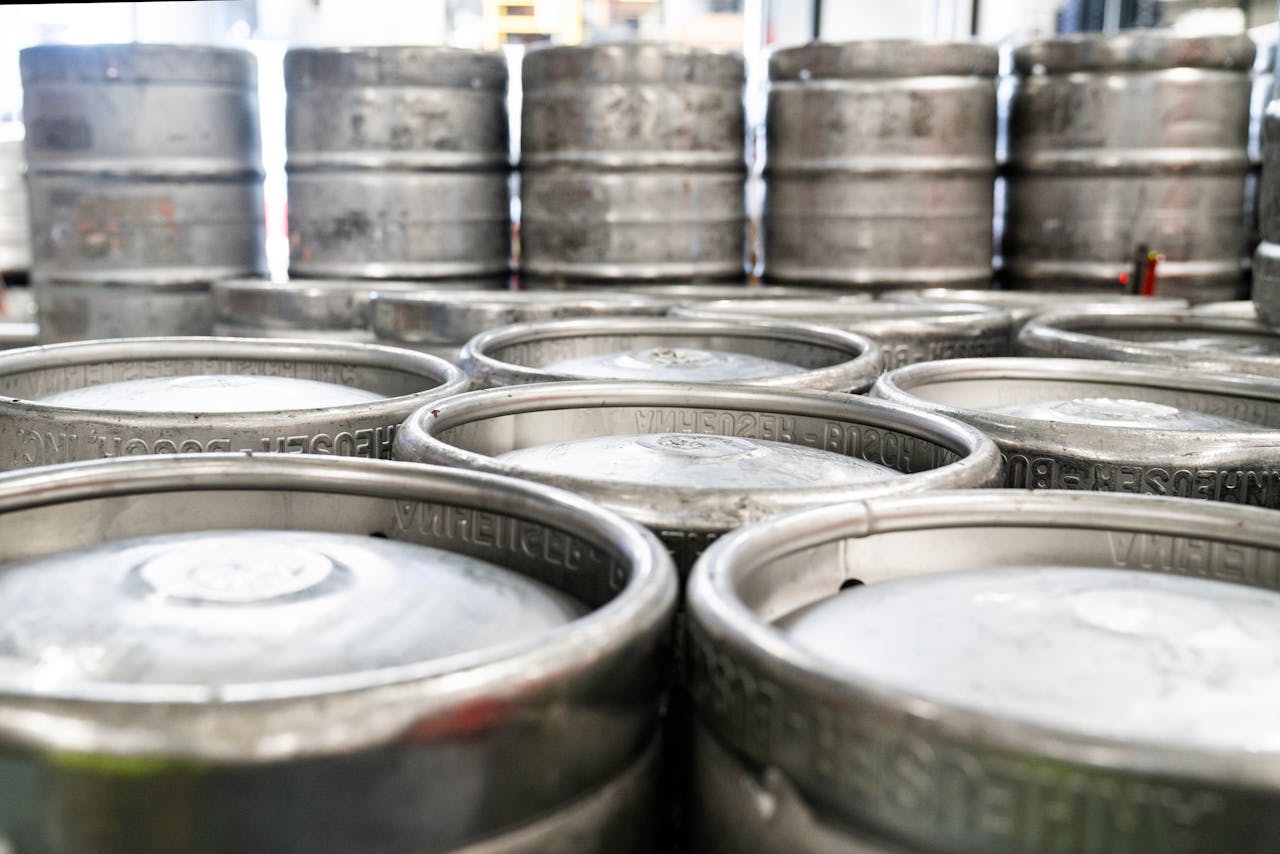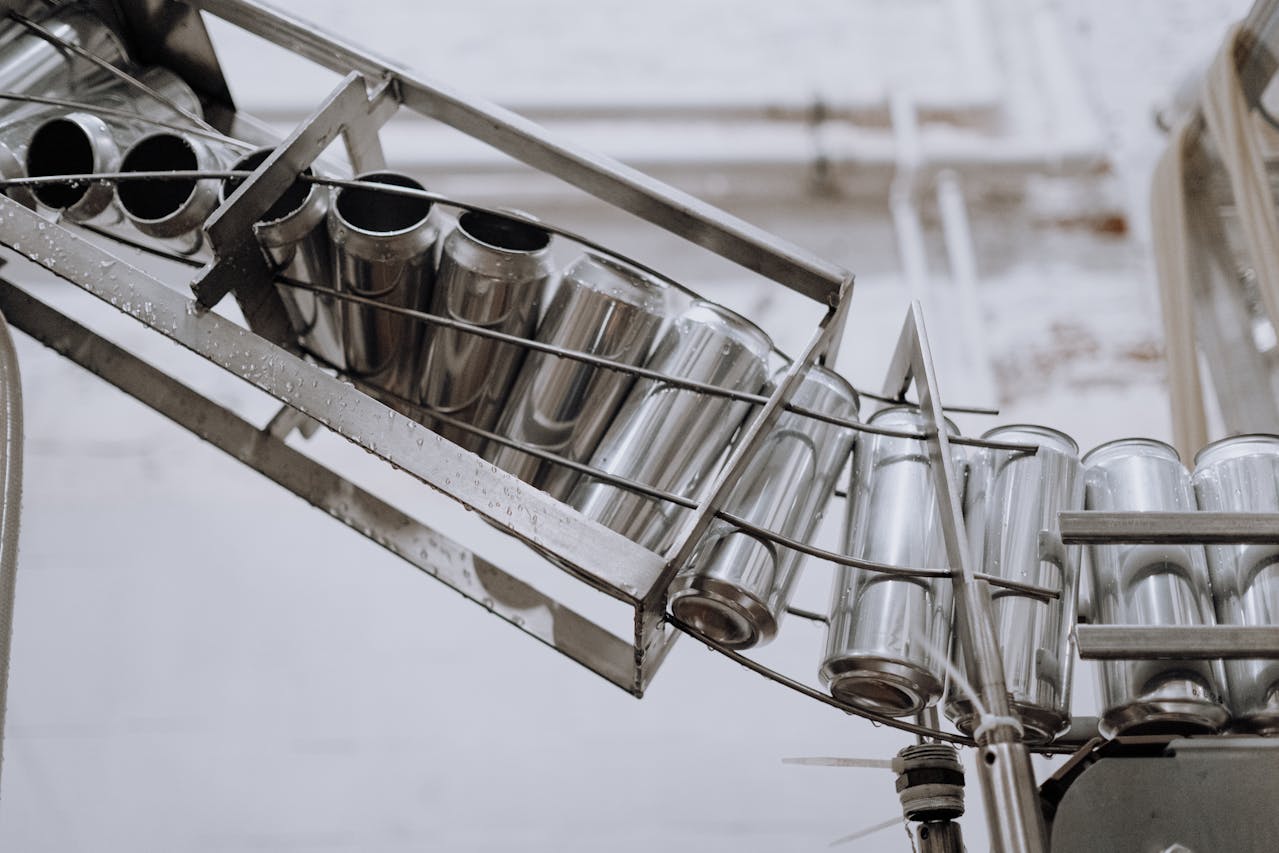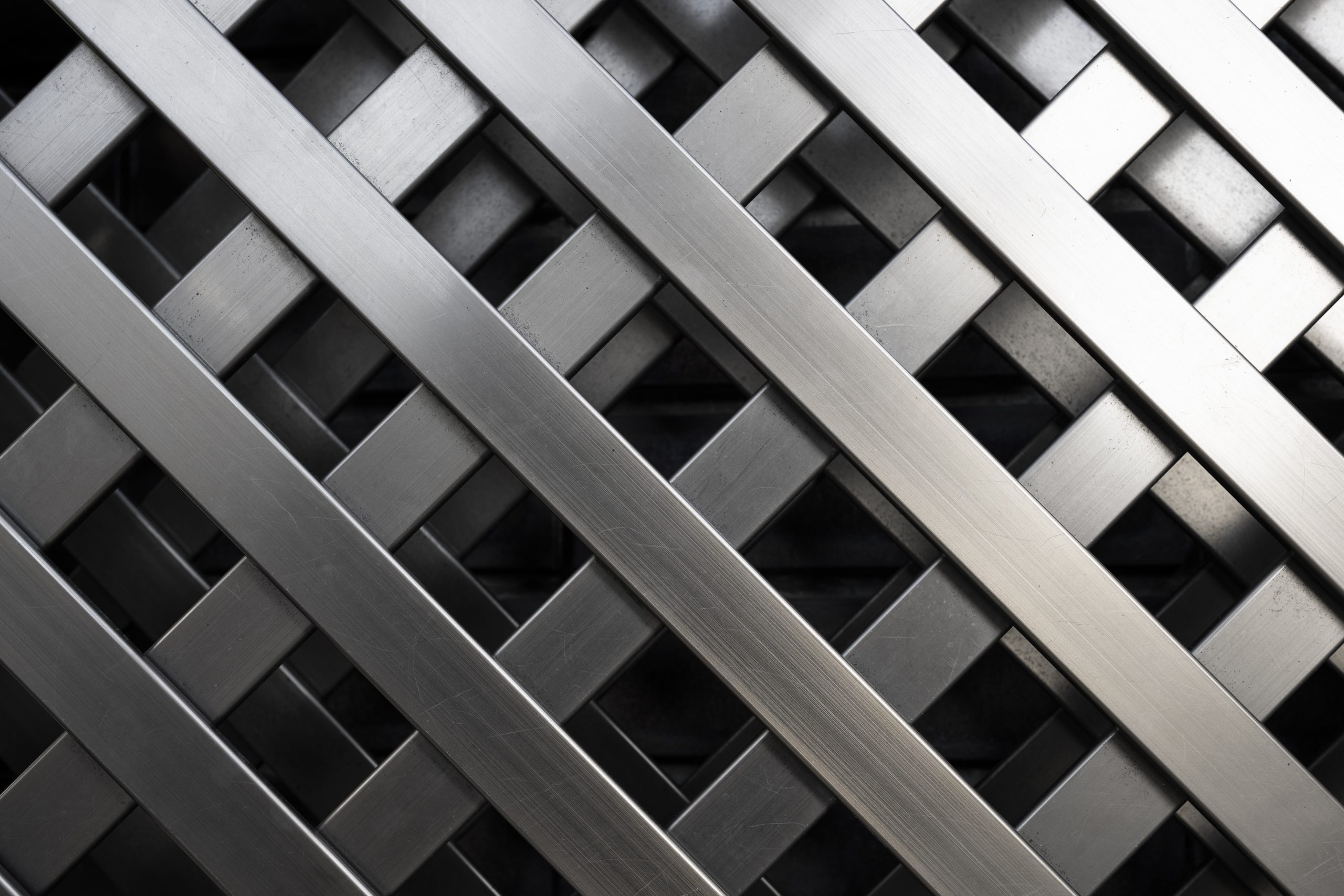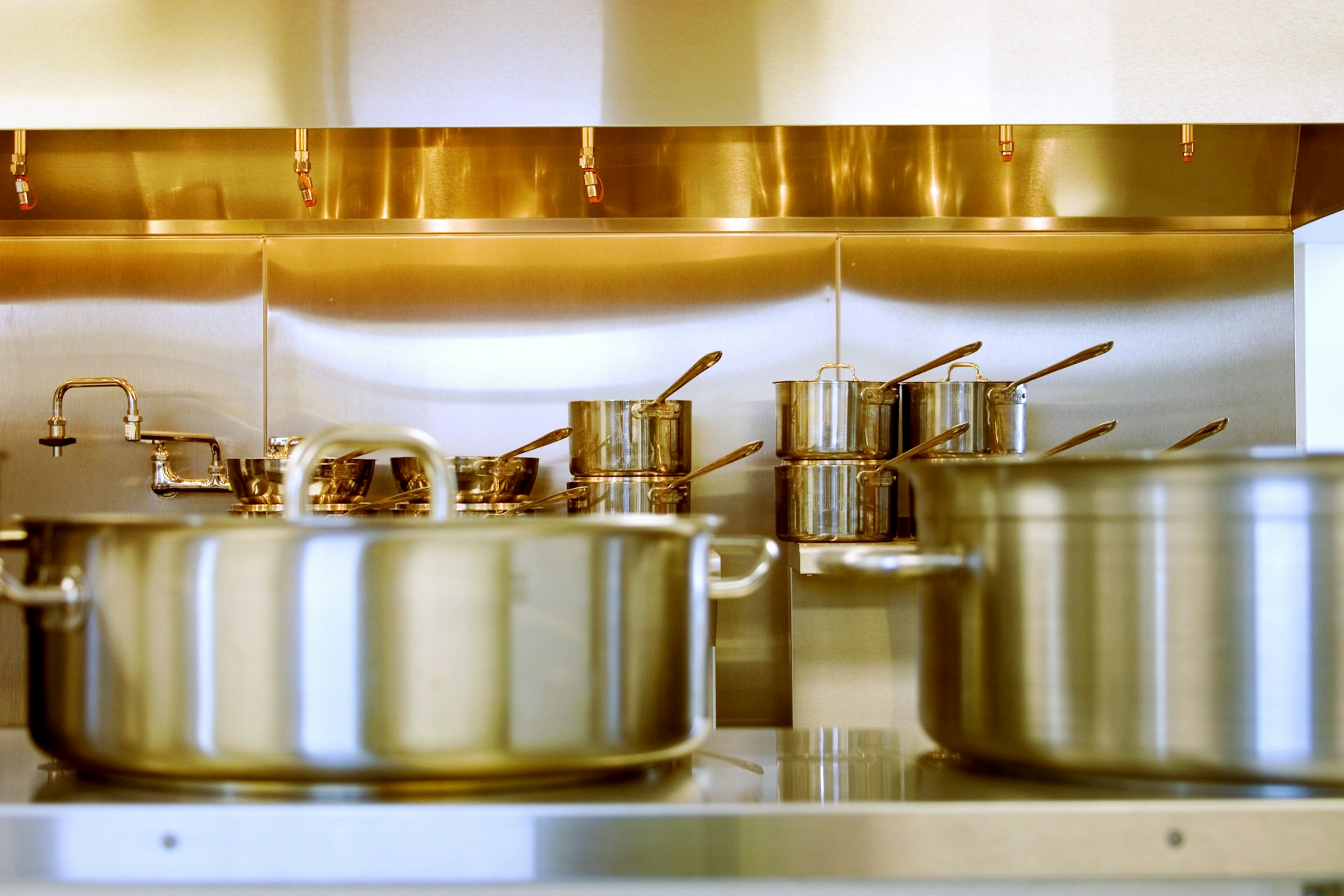Steel vs. Stainless Steel: What’s the Difference?
October 28, 2024
Steel and stainless steel are dynamic duos of strong and useful materials with unique qualities!
While they may look alike, the difference between stainless steel and steel lies in their composition and performance. Choosing the right one depends on your needs: tough and affordable or shiny and rust-proof. Knowing these differences is key to building a skyscraper, making kitchen gadgets, or renovating your home!
What is Steel?

Definition of Steel and Its Composition
Steel is an alloy composed mainly of iron and carbon. The carbon content typically ranges from 0.2% to 2.1%, influencing the material’s strength and hardness. While carbon is the most crucial element in steel, it may also contain small amounts of other elements like manganese and silicon, which help to enhance its properties.
How Steel is Made
Steel production involves melting iron ore at high temperatures in a blast furnace to remove impurities. This molten iron is then mixed with carbon and other alloys before being shaped into slabs, rods, or other forms.
Steel can be classified into several types based on its carbon content and additional alloying elements, including carbon steel, alloy steel, and tool steel. Each type has specific mechanical properties suited for various applications.
What is Stainless Steel?

How Stainless Steel Differs from Regular Steel
Stainless steel differs from Steel due to its composition. Stainless Steel contains at least 10.5% chromium, which reacts with oxygen to form a protective oxide layer, preventing rust and giving it corrosion-resistant properties.
Some types of stainless steel also contain nickel, enhancing their resistance to extreme temperatures and adding to their stainless steel durability and aesthetic appeal.
Common Uses of Stainless Steel
Stainless steel is prized for its corrosion resistance, making it perfect for durable, hygienic uses in industries like food processing, medical equipment, and architecture. Its shiny, sleek look is ideal for decorative items like kitchen appliances and fixtures, while its toughness ensures long-lasting performance in harsh conditions.
Key Differences Between Steel and Stainless Steel
Composition Differences
This table highlights the difference between steel and stainless steel by breaking down each composition.
| Property | Steel | Stainless Steel |
|---|---|---|
| Primary Elements | Iron and Carbon | Iron, Carbon, and Chromium (minimum 10.5%) |
| Additional Elements | Manganese, Silicon, Copper (in varying amounts) | Chromium, Nickel, Molybdenum (optional, depending on type) |
| Key Alloying Element | Carbon (up to 2.1%) | Chromium (10.5% or more) |
| Corrosion Resistance | Low | High, due to the chromium oxide layer |
| Common Types | Low-Carbon Steel, High-Carbon Steel, Tool Steel | Austenitic, Ferritic, Martensitic, Duplex, Precipitation-Hardening Stainless Steels |
The key difference between stainless steel and steel lies in their composition. Both are mainly alloys of iron, but steel relies on carbon for hardness and strength. In contrast, stainless steel includes chromium and often nickel, creating a protective oxide layer that prevents oxidation and gives it its renowned corrosion resistance.
Corrosion Resistance
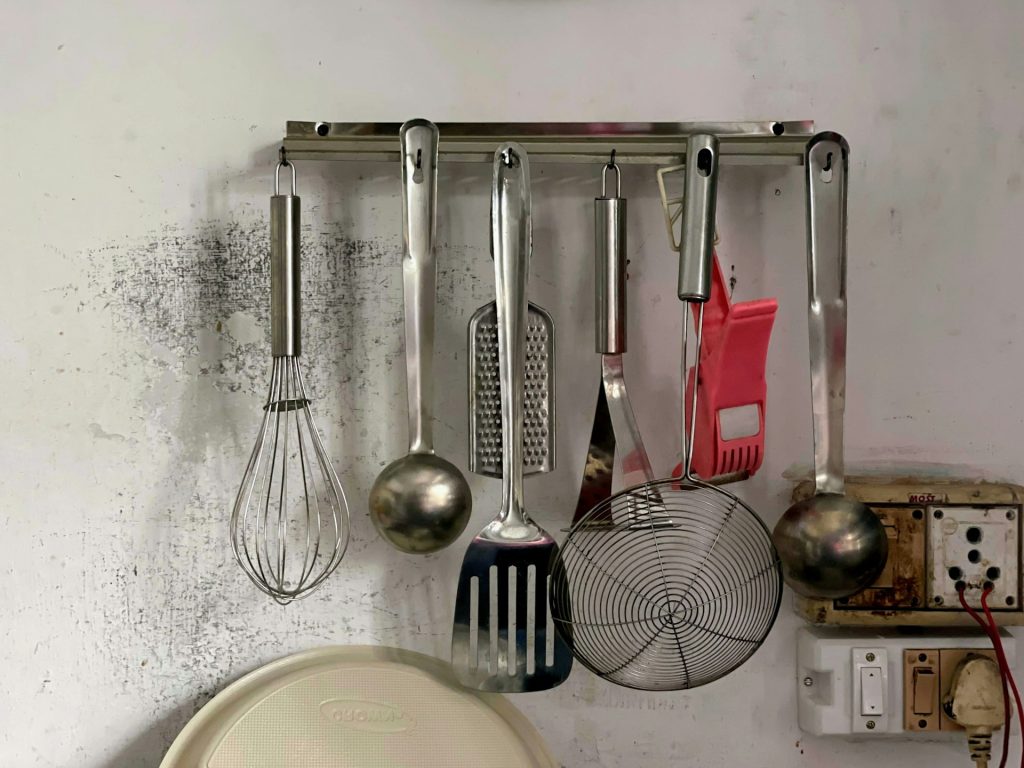
The most significant difference between stainless steel and steel is their behaviour in environments with high moisture and oxidation.
Standard steel is prone to rust when exposed to moisture or humid conditions. This happens because the iron in steel reacts with oxygen to form iron oxide (rust), which weakens the material.
Stainless steel, however, resists this process due to the protective chromium oxide layer that forms on its surface, making it ideal for use in environments exposed to water, chemicals, or heat is a concern.
Strength and Durability
Both materials offer excellent strength, but the difference between stainless steel and steel’s difference lies in durability, which can be important depending on stainless steel application. However Steel is also more stiff as compared to Stainless Steel.
Appearance and Aesthetics
Another stainless steel and steel difference is in their visual appeal.
| Steel | Stainless Steel | |
|---|---|---|
| Finish | Matte, dull grey | Bright, polished, shiny finish |
| Maintenance | Requires painting or coating to prevent rust | Low maintenance, retains appearance with cleaning |
Stainless Steel and Steel: Applications and Suitability
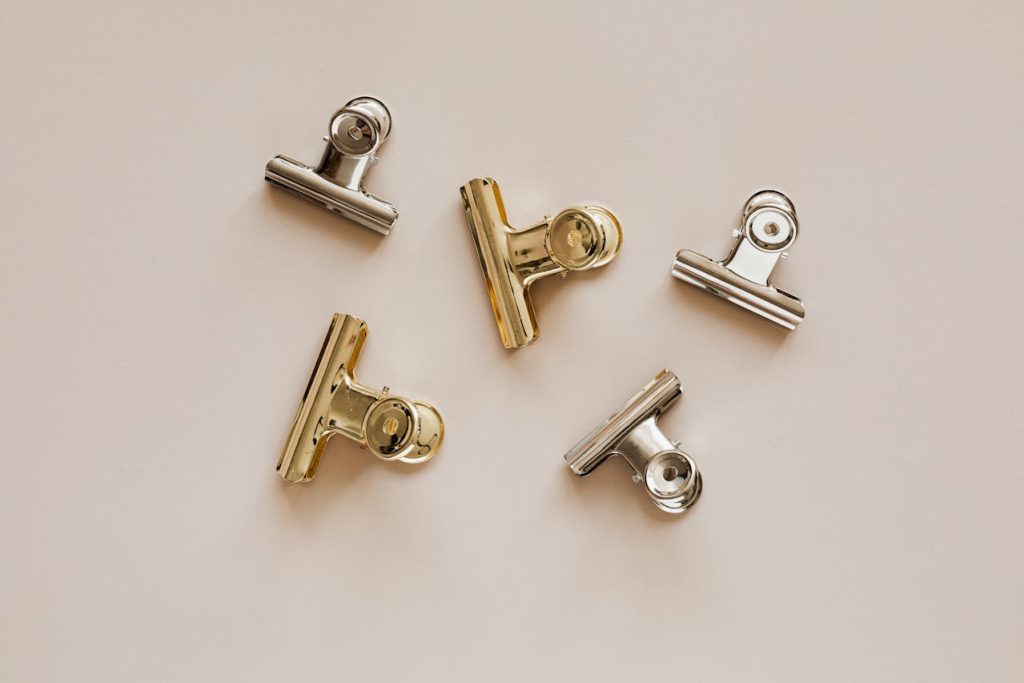
The stainless steel and steel difference also dictates their suitability for various applications. They can also have similar applications, but due to their inherent properties, they are generally used under different applications.
- Due to its high tensile strength, steel is commonly used in large construction projects like bridges, buildings, and machinery. It’s also found in tools, car bodies, and shipbuilding, where heavy loads and structural integrity is a priority.
- Stainless steel is preferred in environments where corrosion resistance is paramount. This includes industries like food processing, chemical manufacturing, and healthcare. It’s also widely used in household items like sinks, cutlery, and appliances because of its corrosion resistance, aesthetic appeal and ease of cleaning.
Cost and Maintenance
Cost Differences
| Steel | Stainless Steel | |
|---|---|---|
| Initial Cost | Lower, due to a more straightforward production process | Higher, due to added elements like chromium and nickel |
| Long-term Value | More affordable for short-term use | Higher initial cost but lower maintenance and longer lifespan |
Maintenance Requirements
Maintenance is another key difference between stainless steel and steel.
- Regular steel requires frequent maintenance to prevent rust and corrosion, especially in outdoor or moisture-prone environments. This often involves painting, galvanizing, or applying protective coatings.
- Stainless steel requires much less maintenance thanks to its natural corrosion resistance. While it may need occasional cleaning to maintain its shine, it generally doesn’t require any protective treatments.
Conclusion
Trying to choose between stainless steel and steel? Think of steel as your tough, budget-friendly buddy who needs some rust-fighting TLC. On the other hand, stainless steel is like its stylish friend—durable, corrosion-resistant, and ready to shine. Understanding the difference helps you find your perfect match for the project. Check out more products and discover your ideal material!
